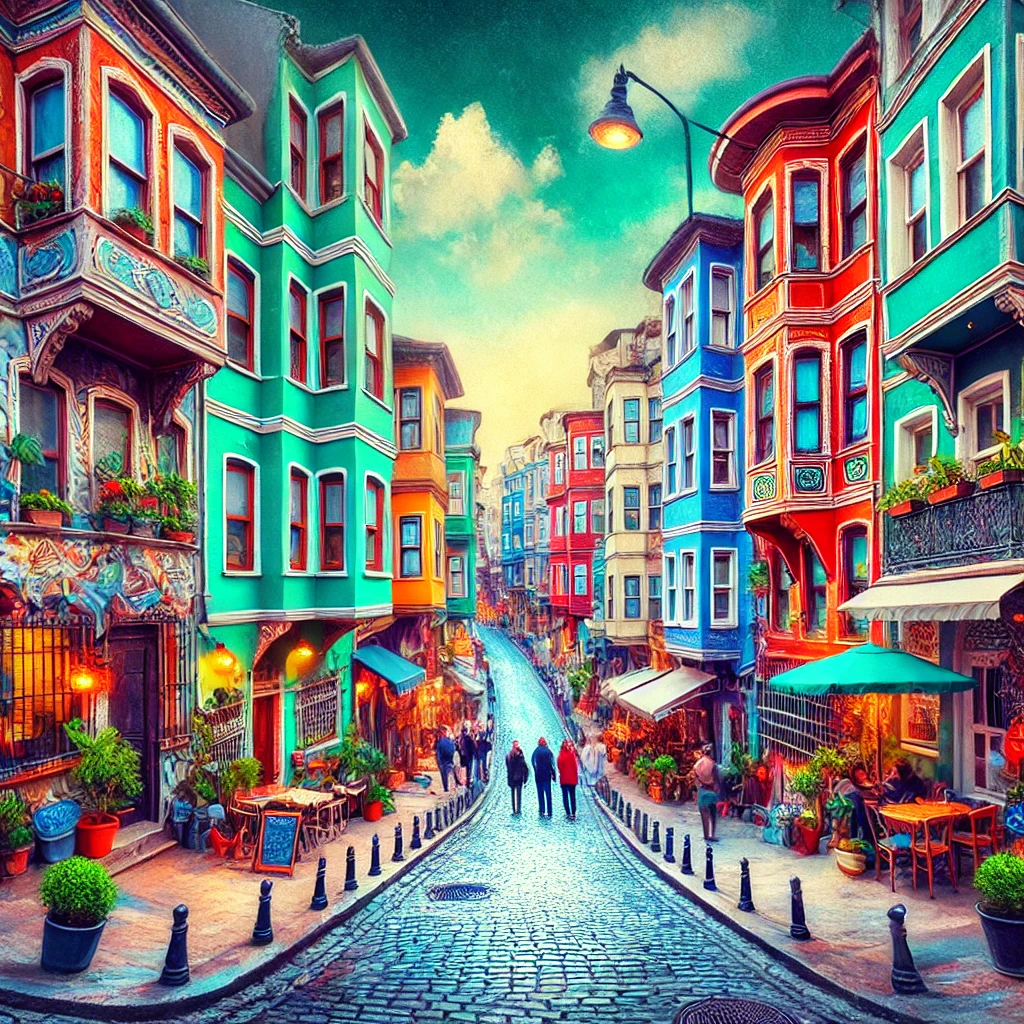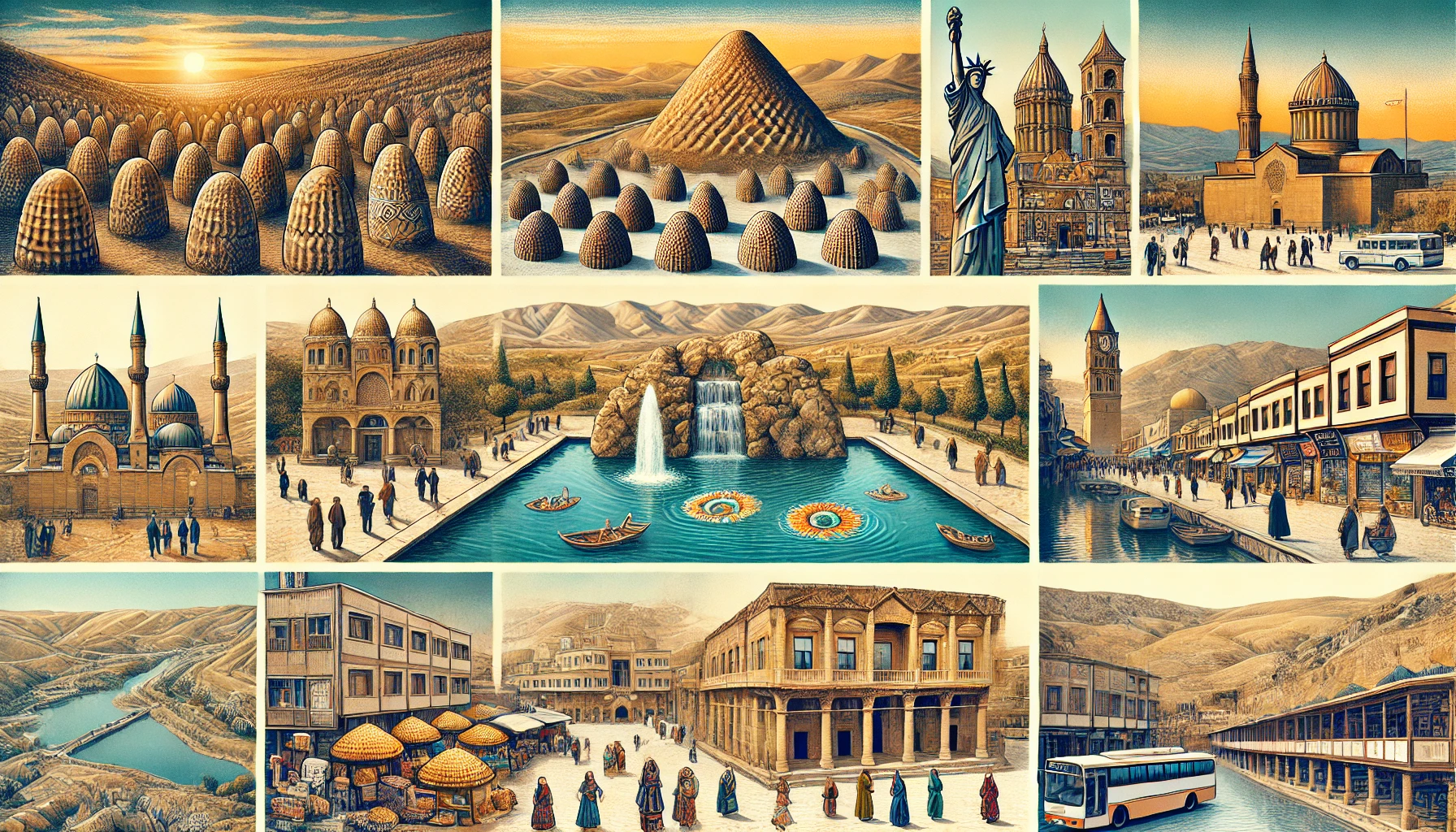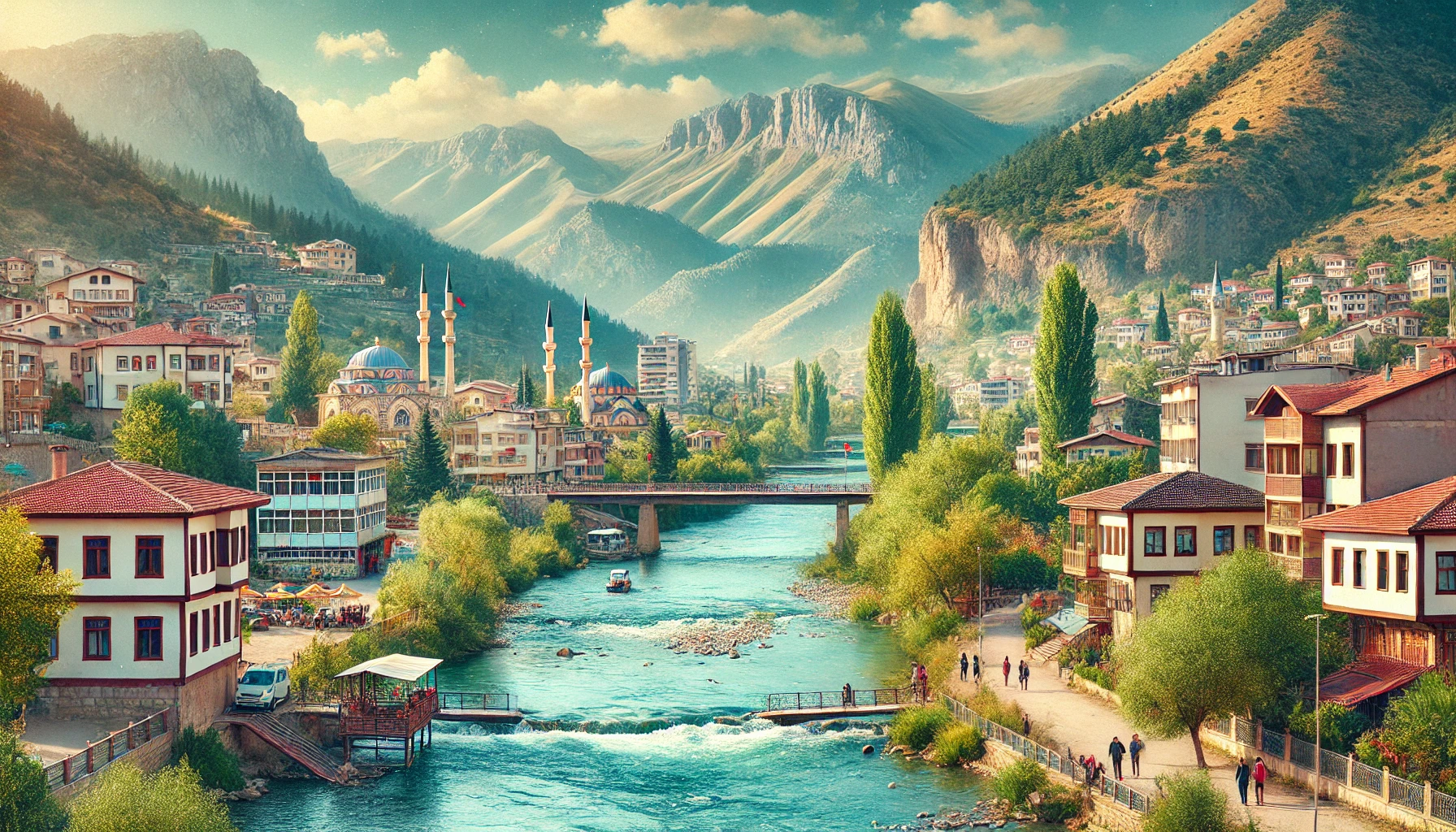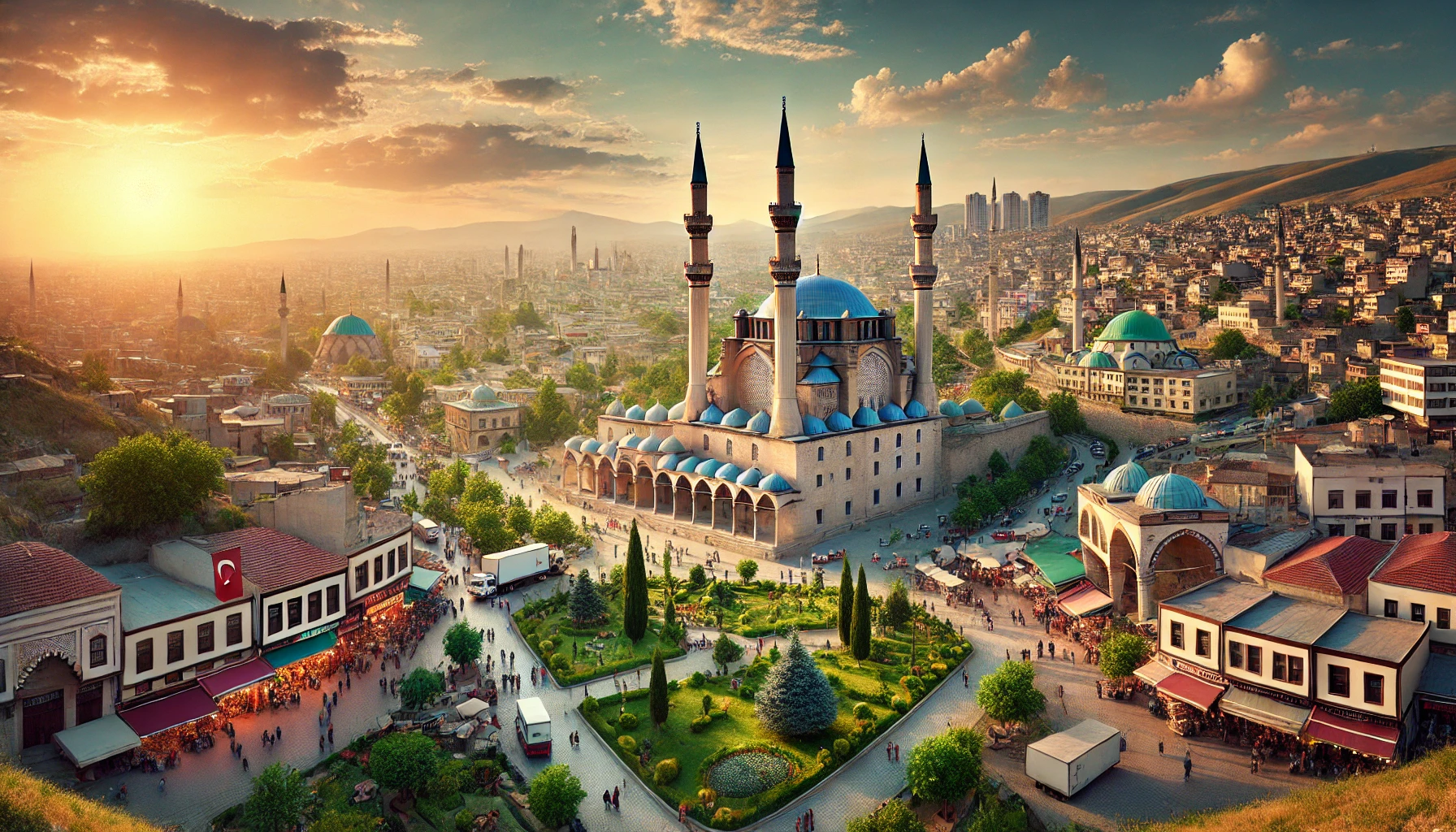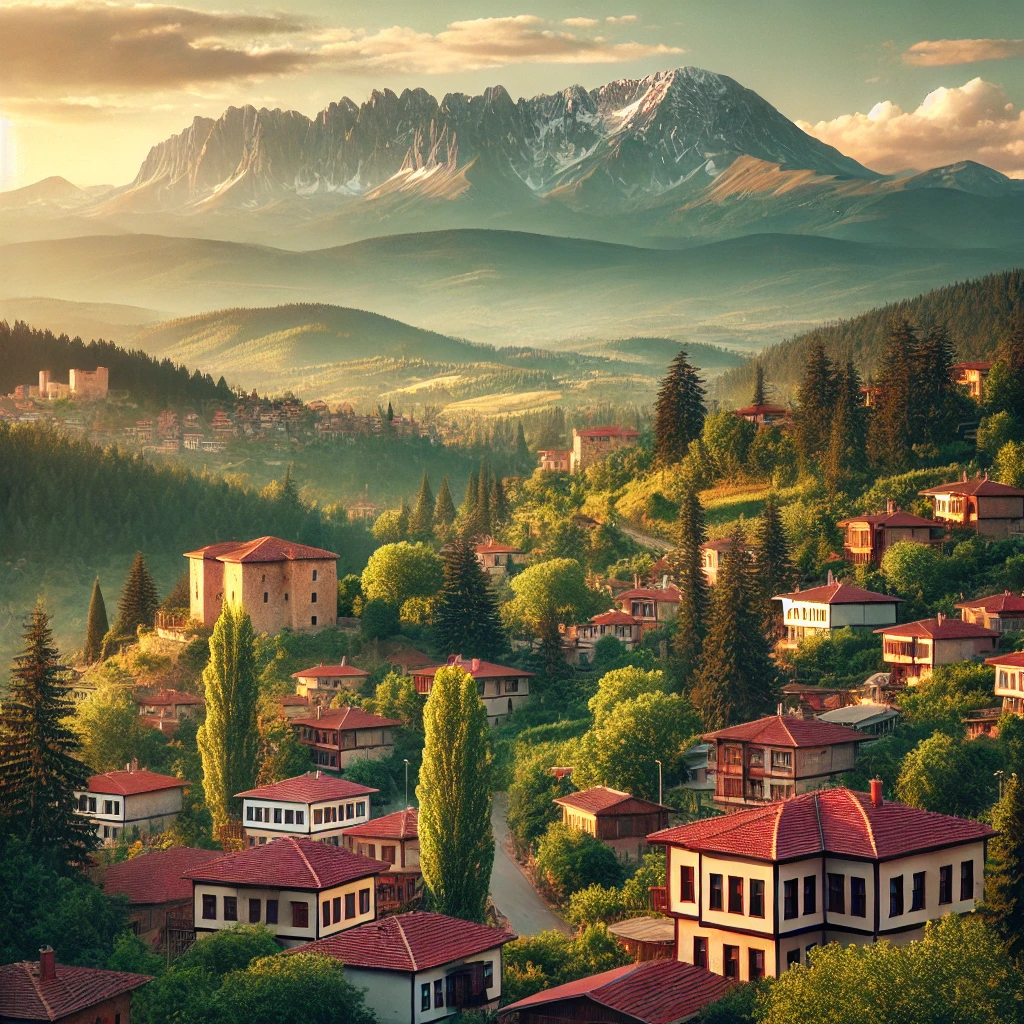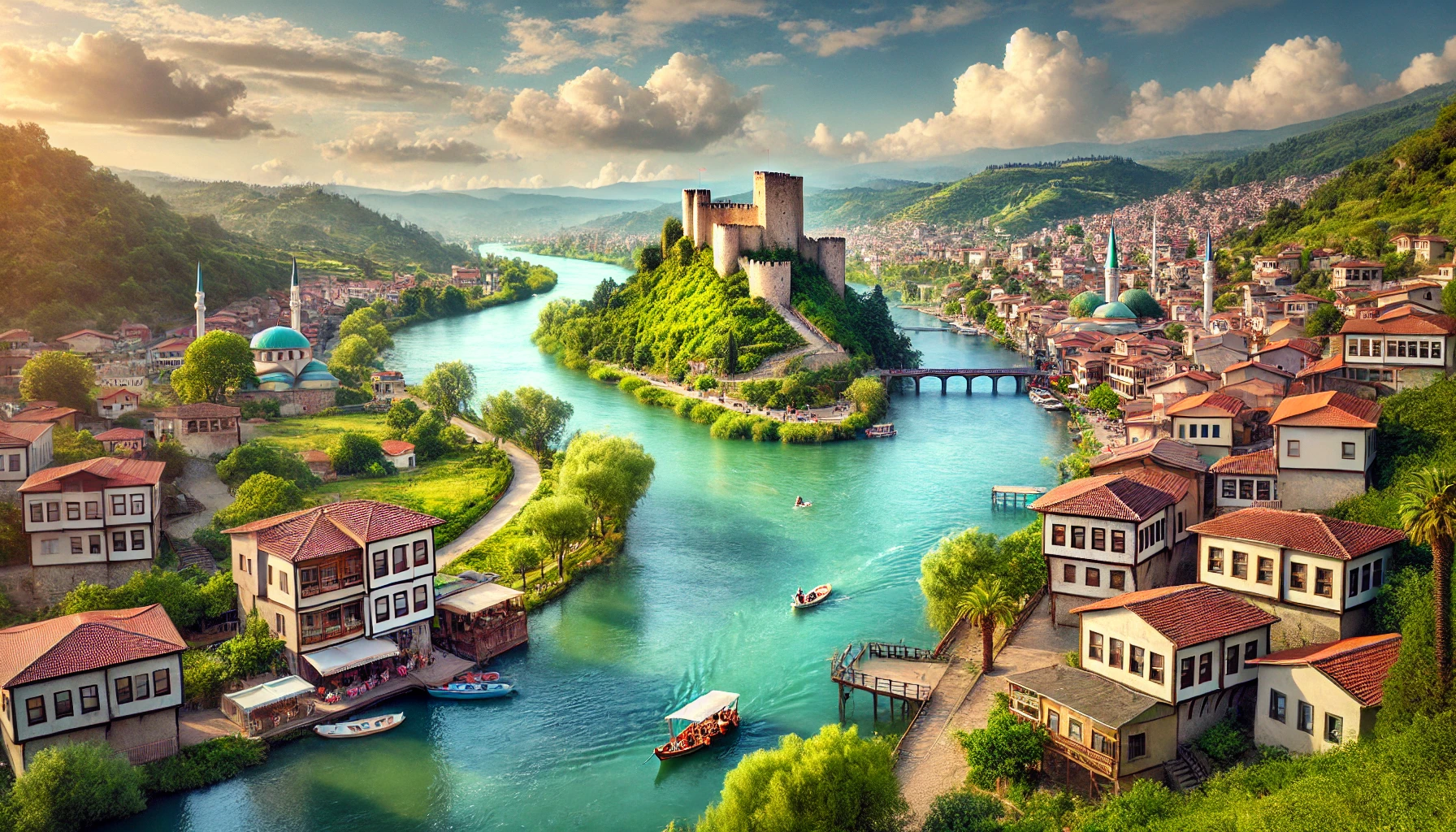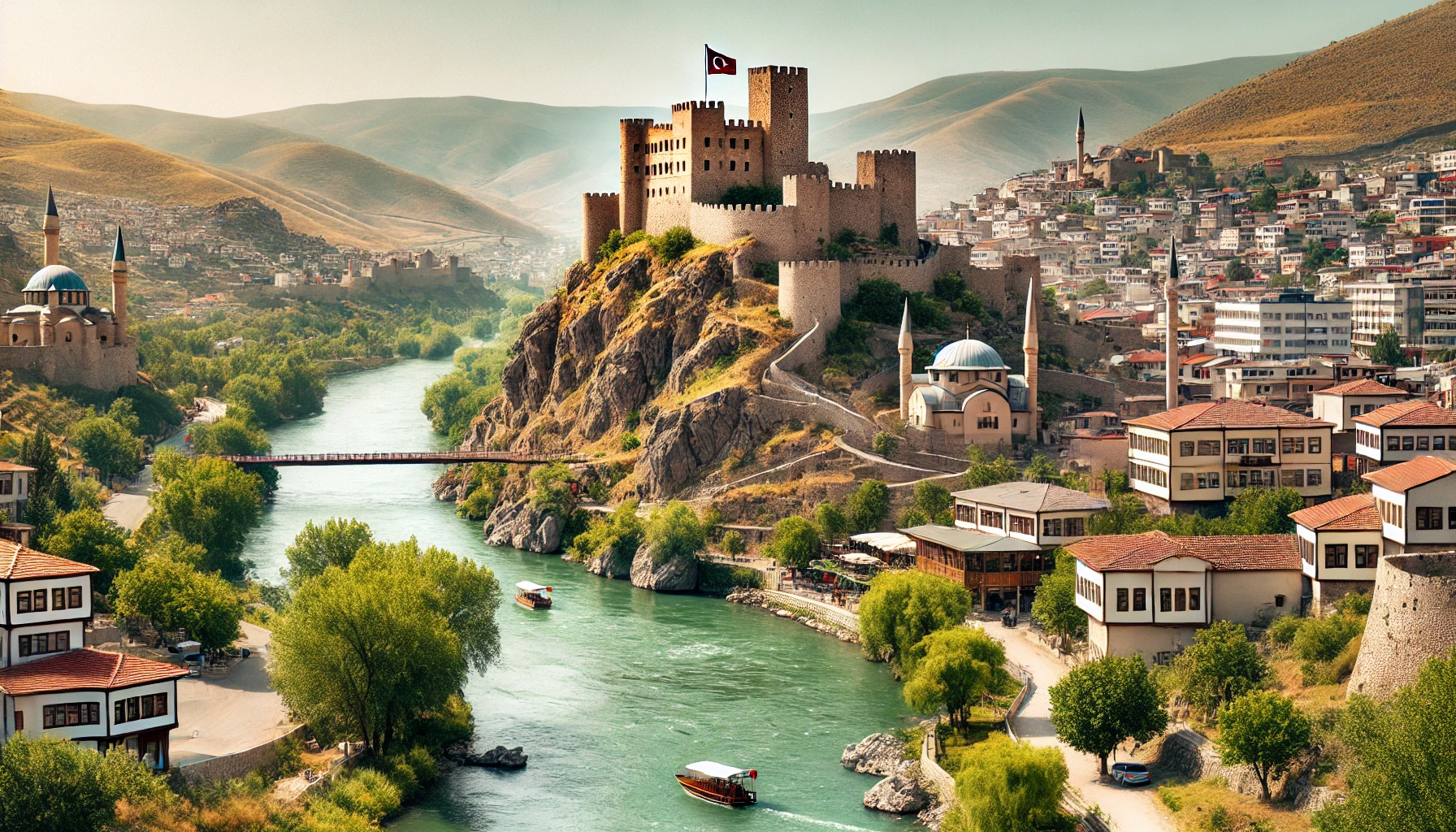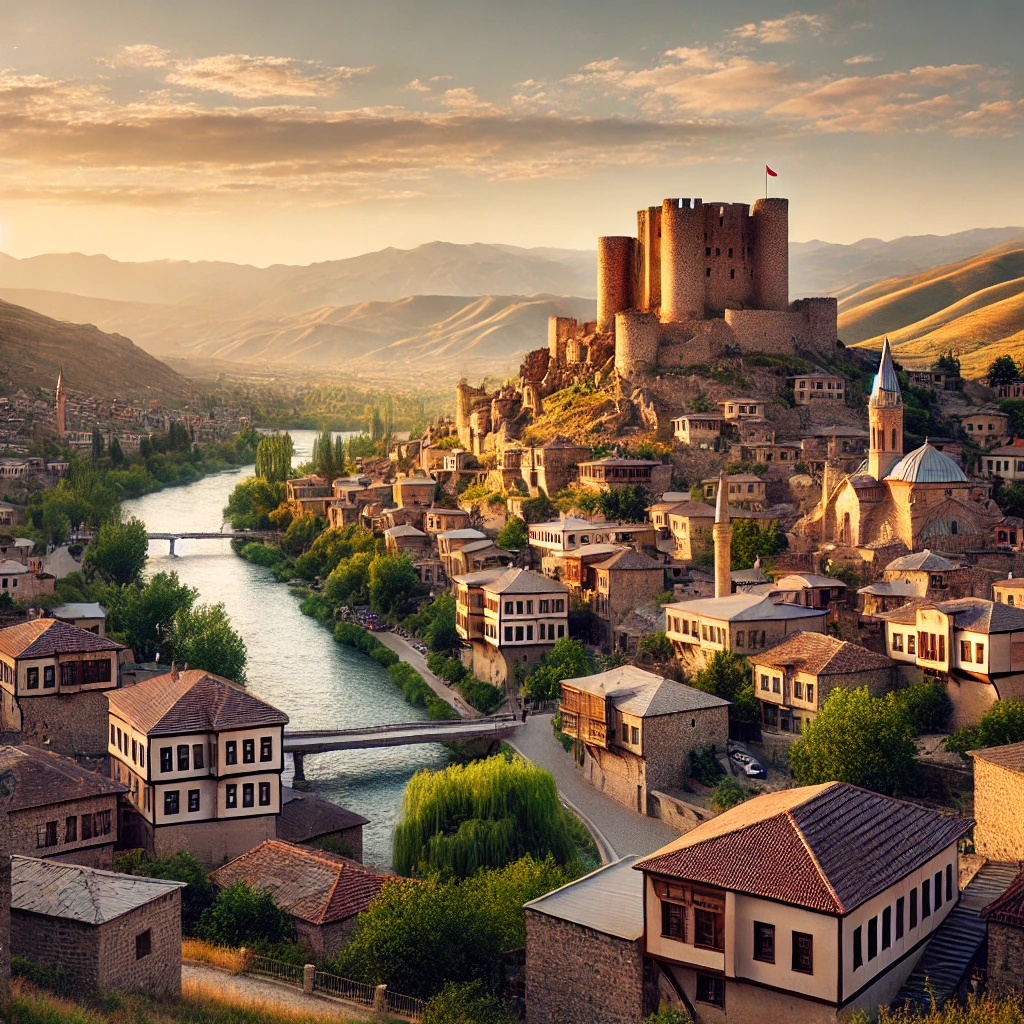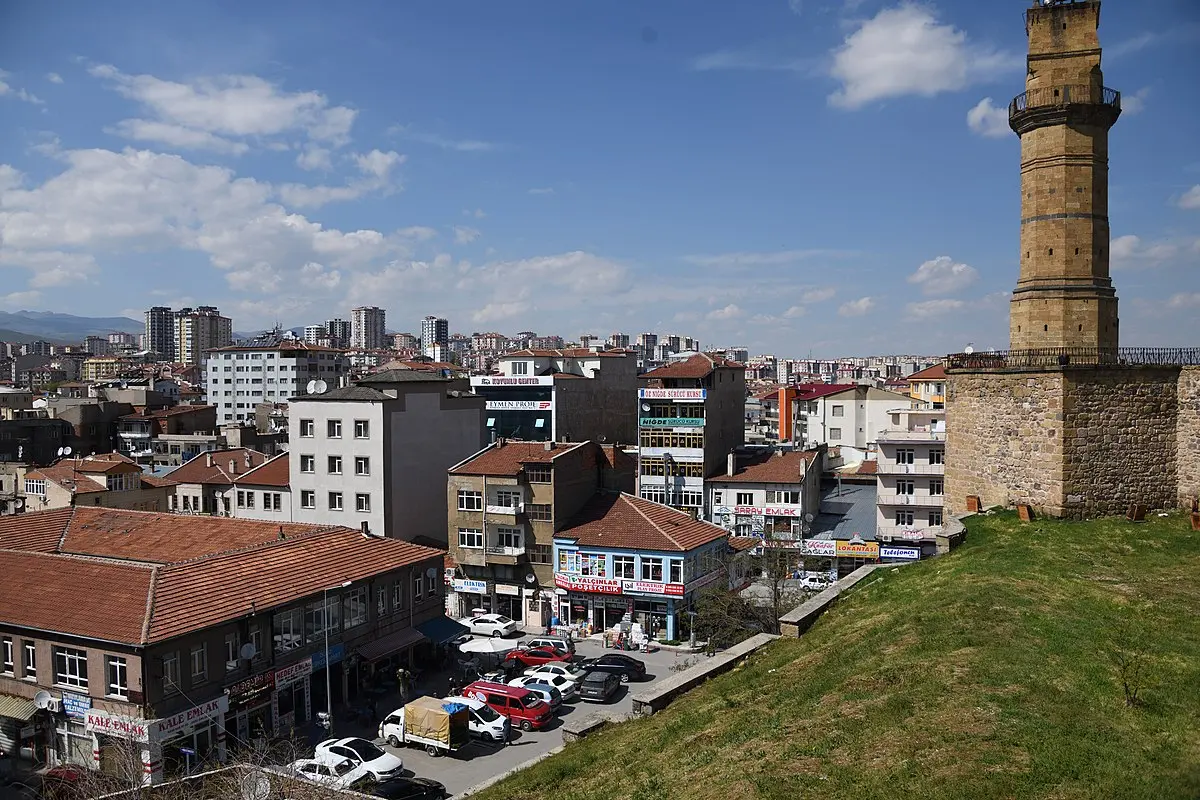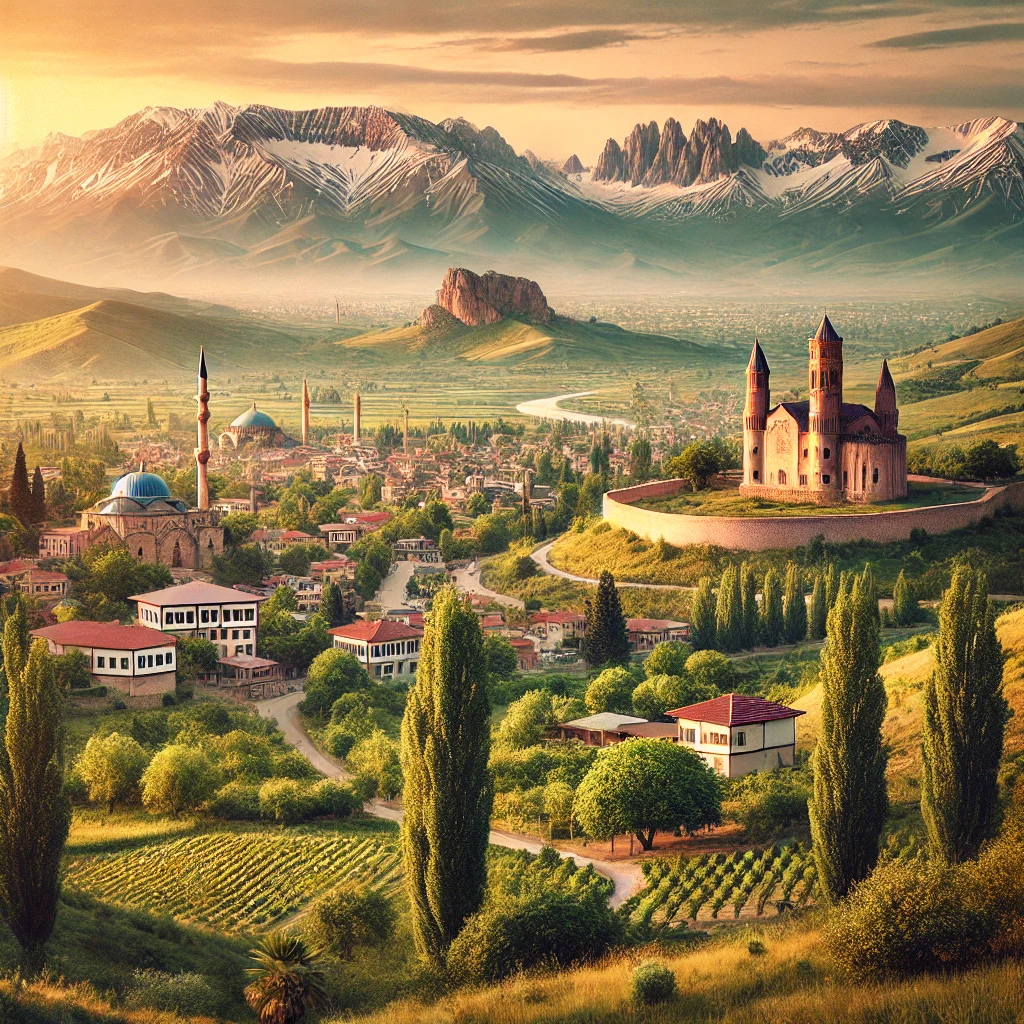Discovering the Colorful Houses of Balat: A Journey Through Istanbul’s Rich Cultural Heritage
Introduction to Balat’s Colorful Houses
When one thinks of Istanbul, images of grand mosques, bustling bazaars, and a city rich in history come to mind. However, hidden within the Historical Peninsula is the neighborhood of Balat, a treasure trove of colorful houses that tells the story of the city’s diverse cultural heritage. Located on the European side of Istanbul, Balat was once home to Armenians, Jews, Greeks, and Turks who lived together in harmony. Today, the vibrant colors of Balat’s houses, along with its narrow streets and historic architecture, attract visitors from around the world, offering a unique glimpse into the city’s past.
The Historical Significance of Balat
A Melting Pot of Cultures
Balat’s history is deeply intertwined with the diverse cultures that have called it home. During the Byzantine era, Balat was a prominent area for Jews, who were later joined by Armenians and Greeks during the Ottoman period. This neighborhood became a symbol of coexistence, where different communities lived side by side, contributing to the rich tapestry of Istanbul’s cultural history. The remnants of this multicultural past are still evident in the architecture, religious buildings, and even the layout of the streets.
The Transformation of Balat Over Time
Despite its rich history, Balat fell into obscurity for much of the 20th century, with many of its buildings deteriorating over time. However, recent restoration efforts have breathed new life into the neighborhood. The colorful houses that once stood as silent witnesses to Balat’s vibrant past have been meticulously restored, transforming the area into a popular destination for tourists and locals alike. These restoration projects have not only preserved the architectural integrity of the buildings but have also revitalized the community, turning Balat into a living museum of Istanbul’s heritage.
Exploring the Colorful Streets of Balat
The Iconic Colorful Houses
One of the main attractions of Balat is, without a doubt, its colorful houses. These buildings, painted in a variety of bright hues, create a picturesque setting that is perfect for photography and exploration. The vibrant colors of the houses are more than just aesthetically pleasing; they are a reflection of the neighborhood’s lively spirit and historical significance. Each house tells a story, with its own unique design and character, making a walk through Balat a journey through time.
Notable Streets and Landmarks
While every corner of Balat is worth exploring, there are a few streets and landmarks that should not be missed. Kiremit Street is perhaps the most famous, with its row of brightly colored houses that have become synonymous with the neighborhood. Merdivenli Yokuş (the “Stairway Slope”) offers stunning views of the Golden Horn, making it a favorite spot for photographers. Additionally, landmarks such as the Fener Greek Orthodox Patriarchate and the Ahrida Synagogue provide a glimpse into the religious history of the area.
Hidden Gems in Balat
Beyond the well-known attractions, Balat is also home to several hidden gems. Cumbalı Evler (houses with bay windows) are a distinct architectural feature found throughout the neighborhood. These bay windows were designed to allow residents to observe the street while remaining indoors, offering a unique perspective on the neighborhood’s history. Additionally, Balat Sahili (Balat’s Coastline) provides a peaceful escape from the bustling city, with its serene views of the Golden Horn and the Bosphorus.
The Cultural and Artistic Revival of Balat
The Role of Art in Balat’s Renaissance
Balat’s revival is not limited to its architecture; the neighborhood has also become a hub for artists and creatives. The colorful houses and historic streets have inspired numerous art projects, from street murals to photography exhibitions. Local artists have embraced the neighborhood’s vibrant past, using it as a canvas to express their creativity and contribute to the cultural renaissance of the area. This artistic movement has brought new energy to Balat, making it a dynamic and ever-evolving part of Istanbul.
Popular Cafes and Boutiques
Alongside its artistic revival, Balat has seen a surge in the opening of trendy cafes and boutique shops. These establishments blend seamlessly with the neighborhood’s historic charm, offering visitors a chance to experience modern Istanbul while staying connected to its past. Coffee shops like Cooklife and Cumbalı Kahve are popular spots to relax and soak in the atmosphere, while boutique stores offer unique, locally made products that reflect the area’s creative spirit.
The Community Spirit of Balat
What sets Balat apart from other neighborhoods in Istanbul is its strong sense of community. Despite the influx of tourists, Balat has managed to maintain its close-knit, village-like atmosphere. The residents of Balat are known for their hospitality, often welcoming visitors with open arms. This community spirit is evident in the various local events and festivals that take place throughout the year, celebrating the neighborhood’s rich history and vibrant culture.
Practical Tips for Visiting Balat
How to Get to Balat
Balat is easily accessible from various parts of Istanbul. The neighborhood is located on the European side, within the Fatih district. You can reach Balat by taking a bus or a ferry to the nearby Ayvansaray stop. From there, it’s a short walk to the heart of Balat. Alternatively, a taxi or a car ride from central Istanbul takes about 20 minutes, depending on traffic.
Best Times to Visit
The best time to visit Balat is during the spring and autumn months when the weather is mild, and the streets are less crowded. Visiting on a weekday morning allows for a more relaxed experience, as weekends tend to attract more tourists. Early mornings and late afternoons offer the best lighting for photography, particularly in the colorful streets.
What to Bring
When visiting Balat, be sure to bring a camera to capture the stunning colors and architecture. Comfortable walking shoes are also a must, as the streets of Balat are cobbled and can be steep in some areas. For those interested in exploring the area in more depth, a local guidebook or map can be helpful, as there are many hidden spots and historical details that can be easily missed.
Safety and Etiquette
Balat is generally a safe neighborhood, but like any urban area, it’s important to stay aware of your surroundings. Respecting the privacy of residents is also important, particularly when taking photographs. Many of the houses are still inhabited, so always ask for permission before taking close-up photos of private property.
Conclusion
Balat is a neighborhood that captures the essence of Istanbul’s rich cultural heritage. From its colorful houses to its vibrant community, Balat offers a unique glimpse into the city’s past while embracing the creativity and energy of the present. Whether you’re a history buff, an art lover, or simply looking for a new area to explore in Istanbul, Balat’s colorful streets and historic charm are sure to leave a lasting impression.
Travel Guide of Türkiye: For more information on exploring Istanbul and other parts of Turkey, visit Visitturkey.in.
Latest Update: Aug 11, 2024
Your Content Goes Here
TAGS: Balat architecture, Balat artistic revival, Balat cafes, Balat colorful houses, Balat community spirit, Balat cultural heritage, Balat hidden gems, Balat Istanbul, Balat landmarks, Balat local shops, Balat photography spots, Balat restoration, Balat street art, Balat travel guide, colorful houses of Istanbul, exploring Balat, Istanbul historic neighborhoods, Istanbul travel tips, Istanbul walking tours, visiting Balat
A brief summary of the key points in this article.
Latest Travel Guides
Weather Today in Colorful Historic Houses in Balat, Istanbul, Turkey
Location: Istanbul
Temperature: 1.2°C
Condition: Clear sky

